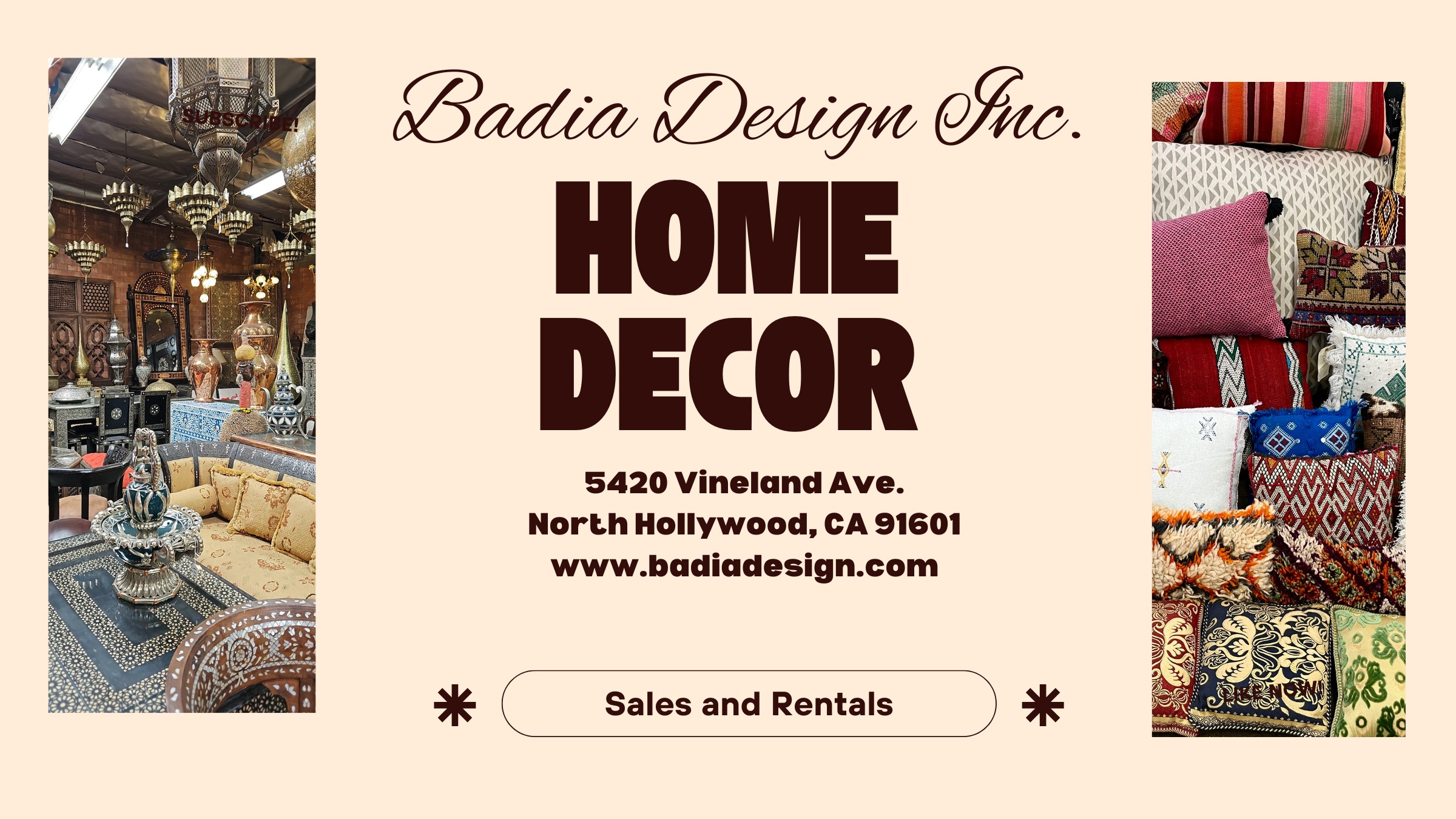Handmade Moroccan Berber Rugs
Handmade Moroccan Berber Rugs
Blog Article
Moroccan Berber Rugs: A Blend of History, Craftsmanship, and Timeless Style
These rugs have enchanted people across the globe with their historical significance, remarkable artistry, and versatile aesthetics. Whether you are furnishing a cozy living room, a modern office space, or a luxurious hotel, these rugs go beyond practicality to become cultural and artistic masterpieces. In this article, we’ll explore the rich origins of Moroccan Berber rugs, the detailed artistry involved in their production, their exceptional longevity, and creative ways to incorporate them into today’s interiors.
These rugs originated with the ancient Berber people of North Africa, dating back thousands of years. These indigenous groups, with their deeply check here rooted traditions, crafted unique weaving methods to meet the demands of their nomadic lifestyles and varied environmental conditions.
Each Berber rug tells a story, often woven into the fabric that reflect the heritage of its creators. Motifs often symbolize themes like protection, nature, or fertility, giving each rug a profound heritage. Historically, these rugs were made for practical use, offering warmth in the cold Atlas Mountains or serving as bedding in arid environments.
In the mid-20th century, Moroccan Berber rugs gained global popularity when prominent designers like Le Corbusier and Frank Lloyd Wright featured them in their iconic designs. Now, these rugs are highly sought after for their beauty and rich tradition.
These rugs are created using time-honored techniques, preserved over centuries. This craftsmanship embodies a deep connection to tradition and artistry.
Berber rugs are typically crafted from natural materials such as sheep’s wool, camel hair, or even cotton. Wool stands out for being soft, strong, as well as for its natural warmth. Artisans often hand-spin the wool, giving each rug a distinctive texture.
Weaving these rugs is a time-intensive process, requiring great patience and effort on traditional looms. The knotting style, from Beni Ourain’s plush textures to Azilal’s tighter weaves, dictates its overall quality and appeal.
Artisans rely on natural dyes from the environment to produce the vivid tones seen in Berber rugs. Neutral shades dominate Beni Ourain designs, while brighter Azilal and Boucherouite pieces feature striking colors like red, blue, and yellow.
The longevity of these rugs is one of their biggest strengths. This makes them a practical investment for both residential areas and commercial spaces.
Berber rugs owe their longevity to the excellent quality of their natural fibers. Wool’s elasticity and stain resistance contribute to their durability.
Taking care of these rugs is straightforward. Routine vacuuming and periodic professional care can preserve their beauty for decades.
Tips for Styling Moroccan Berber Rugs in Modern Homes
Adding Moroccan Berber rugs to modern spaces is simpler than it seems. These rugs' adaptability allows them to suit various aesthetics, including minimalist and bohemian styles.
1. Create a Focal Point in the Living Room
A large Beni Ourain rug can serve as the focal point of your living area. Its neutral colors and simple geometric patterns can tie together various design elements while adding a sense of warmth and comfort.
2. Introduce Vibrancy to Minimalist Rooms
If your space leans toward a monochromatic or minimalist aesthetic, a vibrant Azilal or Boucherouite rug can introduce a pop of color and visual interest. They are ideal for subdued settings, acting as the central highlight.
3. Layer Rugs for Texture
For a cozy, eclectic vibe, layer a smaller Berber rug over a larger natural-fiber rug, such as jute or sisal. This pairing enhances texture and emphasizes the unique patterns of the Berber rug.
4. Enhance Workspace Aesthetics
Businesses can use Moroccan Berber rugs to create an inviting and sophisticated ambiance in office spaces, lounges, or reception areas. Their handmade quality conveys a sense of luxury and authenticity.
5. Use as Wall Art
Certain Moroccan Berber rugs are so beautiful that they function wonderfully as wall art. Hanging a rug on the wall can add a unique touch to your home or business, showcasing the craftsmanship and cultural heritage of the piece.
The Value of Moroccan Berber Rugs
For both homeowners and businesses, Moroccan Berber rugs represent a blend of practicality, aesthetics, and cultural significance. These rugs are built to last, and their classic designs remain relevant despite evolving decor trends.
Eco-Friendly and Ethical Craftsmanship
Many Berber rugs are crafted using eco-friendly and sustainable practices. Purchasing these rugs helps preserve artisan traditions while enriching your decor with sustainable beauty.
Why Berber Rugs Gain Value Over Time
Vintage or unique Moroccan Berber rugs tend to grow in worth over the years. These rugs serve as both decorative items and investment-worthy collectibles.
 Report this page
Report this page